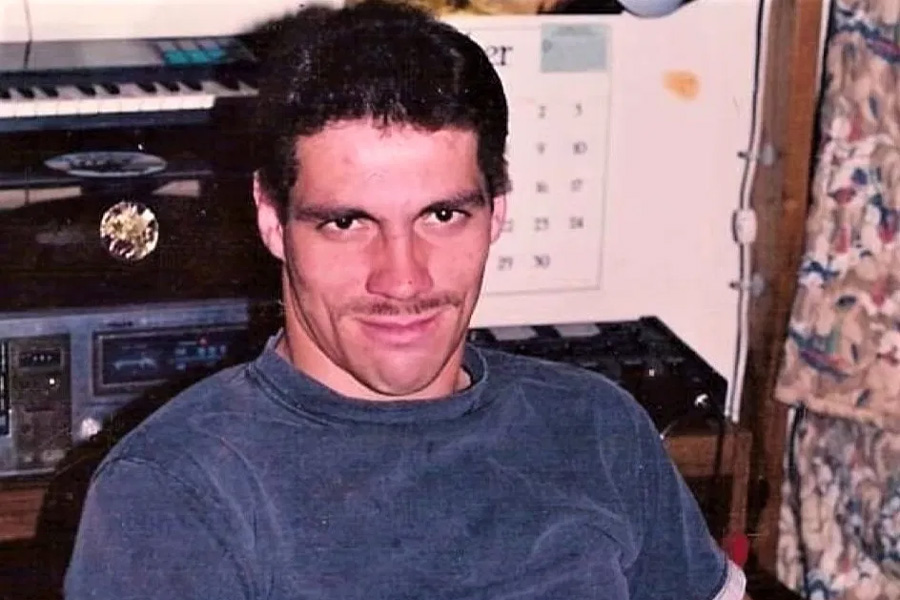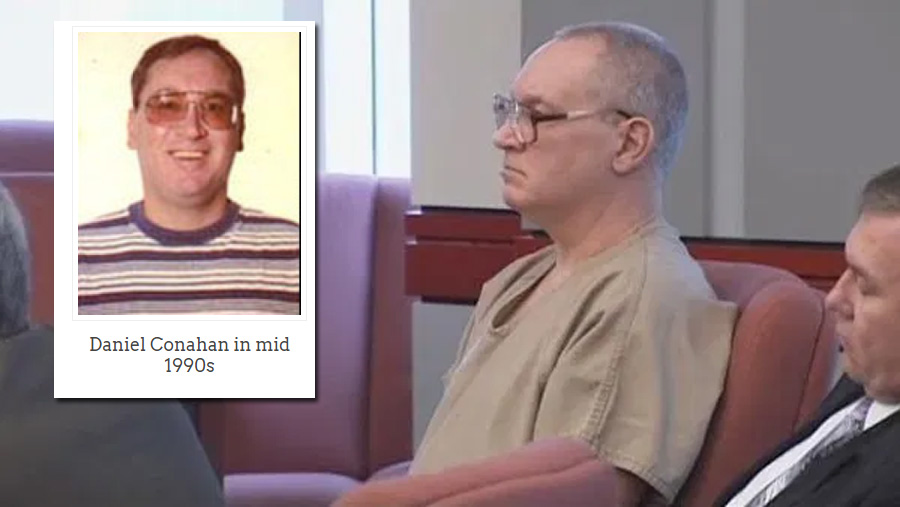
CHARLOTTE COUNTY, FL – On February 1, 1994, the Charlotte County Sheriff’s Office received a call from a local construction company worker. The caller reported finding a human body in the woods near Wyandotte Avenue and Tulip Street in northern Charlotte County. Sheriff’s Major Crimes Detectives responded and verified a decomposing human body was present. The scene was secured, and forensics personnel conducted a crime scene investigation. There was no identification found with the body. Early attempts to identify the body were not successful and the cause of death was undetermined. This body was then given the temporary name of John Doe #1.
On April 17, 1996, two county workers found human remains in the area of Trembly Avenue and Willow Drive in northern Charlotte County. Sheriff’s detectives responded as did forensics. Detectives discovered human body parts that were obviously dissected and decomposed. While searching the wooded area for body parts, another human body was discovered. This body had recently been placed under some foam material. This male’s genitals had been removed by a sharp cutting instrument. This body had been there for about a day. Marks on the body indicated he was bound with rope or similar items and strangled. This body was quickly identified as Richard Montgomery of Punta Gorda. The Medical Examiner ruled both bodies were homicide victims. The decomposed body was eventually identified as Kenneth Smith of Ft. Myers.
The body discovered in 1994 and the bodies discovered in 1996 were approximately 2600 feet apart. About one half mile. After the discovery of John Doe #1 and before the discovery of Kenny Smith and Richard Montgomery, two other bodies were discovered in North Port wooded areas. The scenes in all cases were similar in many ways.
When investigators discovered Kenneth’s and Richard’s bodies they were aware of the North Port cases. An investigative task force was formed and included The Charlotte County Sheriff’s Office, North Port Police Department, Sarasota County Sheriff’s Office, State Attorney 20th and 12th Circuit, and Florida Department of Law Enforcement.
Daniel O. Conahan was identified as a viable suspect in these serial killings. Conahan was 42 at the time. He was born on May 11, 1954. Conahan was arrested, tried and convicted for the murder of Richard Montgomery. Conahan was sentenced to death and is currently on death row in the Florida State Prison. Due to circumstances surrounding the death of John Doe #1, Conahan is considered a suspect in this case. (https://louisvilleroofing.com/) Over the years all attempts to identify John Doe #1 failed. The Cold Case Team recently decided to use the available genealogy resources.

In June 2013 Heather Walsh-Haney, Forensic Anthropologist from Florida Gulf Coast University (FGCU), who was working with the Cold Case Team, submitted a tooth from John Doe #1 to the University of North Texas Center for Human Identification (UNTCHI) for development of DNA and entry into the National Missing and Unidentified Persons (NAMUS) and the Combined DNA Index System (CODIS). It was determined through NAMUS that there was remaining DNA extract available for further testing.
In January 2020 The Charlotte County Sheriff’s Office contacted Steve Kramer, Associate Division Counsel, FBI Los Angeles Division and the FBI Forensic Genetic Genealogy (FGG) team leader after receiving his information from our Regional Coordinator of the NAMUS program. The FBI FGG team leader recommended that The Charlotte County Sheriff’s Office contact Dr. Ed Green at the Biomolecular Engineering Department Laboratory at the University of California Santa Cruz (UCSC). Green advised the laboratory could process the remaining DNA from UNTCHI and determine if it was suitable for forensic genetic genealogy.
In June 2020, the DNA was forwarded to the laboratory at UCSC and in December 2020 the Cold Case Team was advised that there was sufficient data available to send to Fulgent Labs for necessary additional sequencing and there should be enough data for genealogy searches. The uncertainty would then be if there would be close relatives in the available genealogy databases.
In February 2021, the Cold Case Team was advised that the processing was complete at Fulgent Labs and there was a genotype file which contained sufficient data for genetic genealogy searches. The file and report were forwarded to the FBI FGG office in Los Angeles and the information was uploaded into available databases through Family Tree DNA and Gene by Gene. Mark James of the FBI FGG in Baltimore, which covers the east coast, was contacted to assist in researching potential relatives of John Doe #1.
Subsequently the Cold Case Team was provided with the likely family name and potential relatives of John Doe #1. After contacting the family, it was determined that this was a large family of seventeen siblings and one of the brothers, Gerald (Jerry) Lombard had not been seen or heard from since approximately 1991 or 1992. The Cold Case Team also learned that a niece in the family had submitted her DNA to Ancestry.com a few years ago, which is likely how the genetic genealogy match was made.
In April 2021, the Cold Case Team was able to obtain DNA samples from a sister, a brother, and a son of Jerry Lombard. The DNA sample of the son was submitted to the Florida Department of Law Enforcement (FDLE) Laboratory in Ft. Myers in May 2021 and in June 2021 FDLE reported that the DNA sample from the son was a positive match to the DNA of John Doe #1, verifying the identity as Jerry Lombard. Jerry was born in Massachusetts August 30, 1962. He lived in Lowell, Ma. According to the family, Jerry was a bit of a drifter, and it was common for him to disappear for long periods of time.

Conahan drove a Blue Mercury Capri and a Grey Plymouth station wagon. Gerald had no vehicle.
The Cold Case Team is now asking anyone who knew Gerald Lombard to contact them. Also, anyone who may have seen Gerald with Daniel Conahan please call 941-639-2101.




Comments are closed.